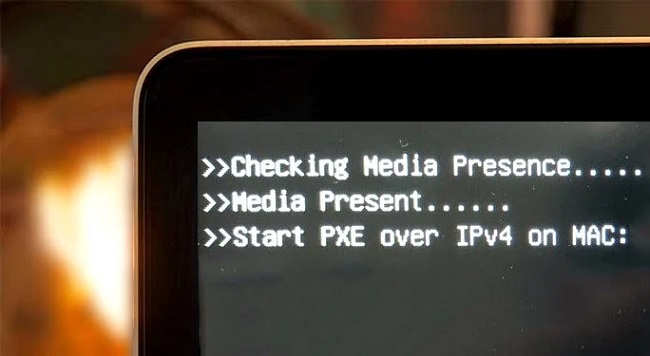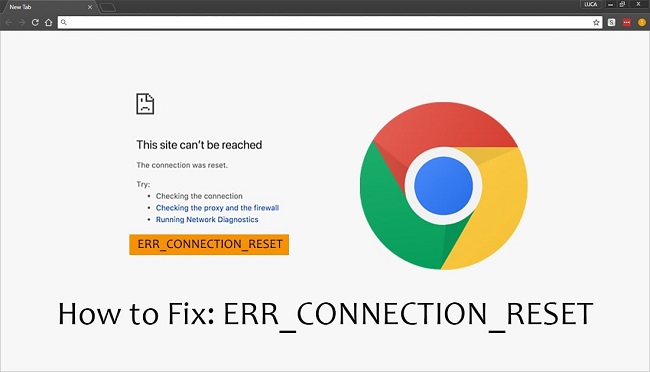PCs offer a helpful but little-known capability called PXE, or Preboot Execution Environment, which boots an OS over a network.
Don’t panic if you see a “Start PXE over IPv4” or “Start PXE over IPv6” message instead of the usual BIOS one when your computer fails to boot. What could be causing this problem and what you can do about it are discussed below.
Methods to Fix the Start PXE over IPv4

This indicates that the computer is making a desperate attempt to boot using the PXE protocol.
This may indicate that your hard drive and other boot devices were unavailable during boot. Please read the article for further information on how to address this issue.
Read Also:
- Vanguard Server Snapshot Error
- Error Loading Player No Playable Sources Found
- io.netty.channel.AbstractChannel$AnnotatedConnectException: Connection refused: no further information Error on Minecraft
Solution 1: Upgrade BIOS
If your computer’s BIOS has fundamental flaws, a full BIOS update is essential. This is a difficult procedure. BIOS updates are implemented in a variety of ways depending on the manufacturer.
Please follow these directions precisely if you want to achieve success.
Step 1: Launch a search by entering “msinfo” into the box located in the screen’s lower left corner. This can be accessed from the computer’s main menu.
Step 2: The BIOS revision can be found under the Processor model. Copy and paste this content into a Word document or text file, or write it out by hand.
Step 3: Find out if your computer was purchased as a complete unit, a bundle, or if you had to put it together yourself using several parts.
Step 4: This is crucial as installing a BIOS version that is only compatible with one component in the PC will render the installation useless. Problems for the entire system can result.
Step 5: Get your tech ready for an update. If you’re using a laptop, for instance, check to see that the battery is fully charged.
Step 6: A computer needs a UPS, or uninterrupted power supply, in order to be updated. You definitely don’t want your computer to turn off due of a blackout.
Step 7: In other words, follow the guidelines provided forth by companies like Dell, Gateway, MSI, etc.
Solution 2: Disable the Onboard NIC
The Boot Option Priorities on some motherboards can be set to values like “Onboard NIC (IPV6)” or “Onboard NIC” (IPV4).
Turning these off could potentially fix the issue. Follow these steps:
Step 1: Release the BIOS.
Step 2: Find the Boot menu and click it.
Step 3: If you have this choice, it will be in the Boot menu. Boot Options can be accessed with the up and down arrow keys if this is the case. Alter them by pressing Enter.
Step 4: More options will appear in a new list. Try to find a toggle for “Disabled.” Select it with the arrow keys and then confirm by pressing Enter.
Step 5: Save your BIOS configuration before exiting.
Solution 3: Disable Secure Boot
Another BIOS feature that could be causing problems is Secure Boot; you may want to turn it off.
Enter the system BIOS setup menu.
Step 1: Select the “Security” menu item.
Step 2: The Secure Boot Configuration option can be accessed by searching for it and then pressing the Enter key.
Step 3: If a warning appears, click the appropriate button to proceed. In BIOS, the confirmation key is F10.
Step 4: Find the Secure Boot option in the menu marked “Secure Boot Configuration.” If it is not already set to Disable, you can do so by pressing the right arrow key.
Step 5: Pressing Enter will open the desired option if the arrow keys don’t function.
Step 6: Here, Legacy Support is another another choice that needs your attention. To find it, go to the Boot menu and look for UEFI/BIOS Boot Mode or a similar option. If Legacy isn’t already selected, pressing Enter will do so.
Step 7: Press the appropriate button(s) to exit BIOS setup and save your settings (most likely F10).
Step 8: Verify that you want to save your BIOS settings and quit the system.
Read Also:
- Steam Content File Locked
- Voicemail Error Try Again Later
- A Ubisoft Service Is Currently Unavailable
Conclusion
Pre-Boot Execution Environment, or PXE, is a client server interface widely used in the IT industry that boots a computer’s operating system over a network.
PXE booting indicates that your computer’s other boot devices, such as its hard drives, are currently unable to load the operating system.

